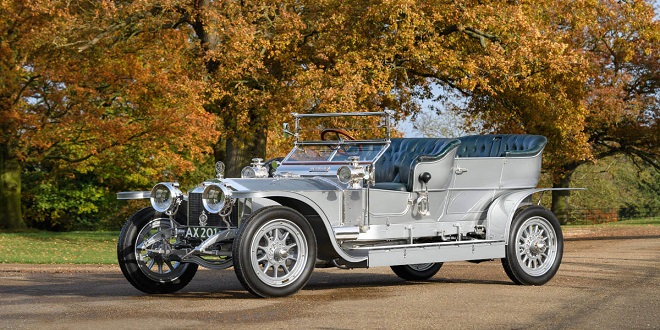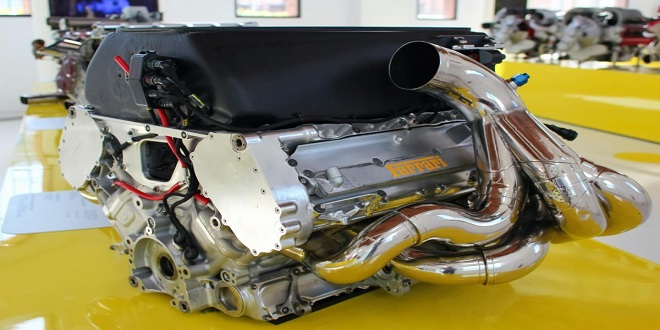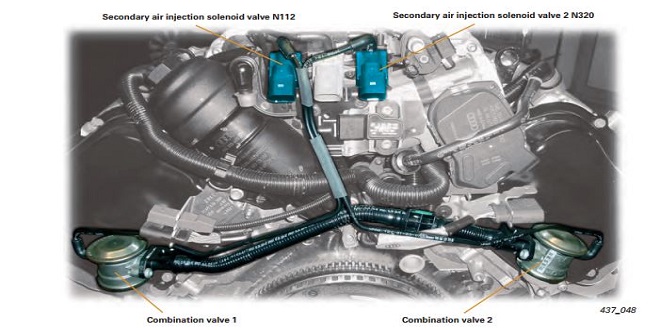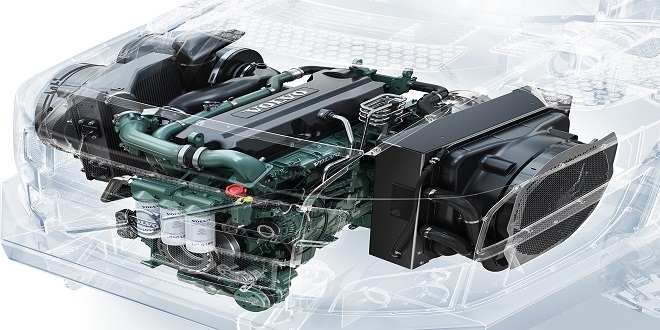ROLLS-ROYCE “SILVER GHOST”

The new Rolls-Royce 40/50hp chassis was launched at London’s Olympia Motor Show in 1906. It was designed by Henry Royce to meet the demand from Edwardian motorists for a car to carry the epitome of luxurious coachwork.
Thought to be the 12th built, the very chassis on display was fitted with elegant silver-painted “Roi-des-Belges” touring coachwork and silver-plated brightwork by coachbuilder Barker & Co. It was to be used as a “trials car” by the company’s managing director Claude Johnson.
Johnson called his new Rolls-Royce “The Silver Ghost.” It had a six-cylinder engine and an overdrive fourth speed (the “sprinting gear”). This was adventurous when most motorists were still reluctant to change gear.
In May 1907, the Silver Ghost began a series of public tests, culminating in an observed 15,000-mile (24,000-km) run. Over six weeks, Johnson and a team of three drivers, including the Hon Charles Rolls, covered nearly 2,500 miles (4,023 kilometers) a week, running around the clock, and only halting to change tires.
At the end of the test, the RAC stripped the car to measure wear: the cost of replacement parts amounted to just £2 2s 7d, although tire costs totaled £187 12s 6d. The trial made such an impression on the motoring public that the name “Silver Ghost” became indiscriminately used for all Rolls-Royce 40/50s.
The company proudly adopted the slogan, first used in The Times newspaper: “The Best Car in the World.”
“At whatever speed this car is being driven… there is no engine so far as sensation goes, nor are one’s auditory nerves troubled, driving or standing, by a fuller sound than emanates from an eight-day clock.”
FORD MODEL T
Henry Ford had one ultimate aim for his Ford Motor Company: he wanted to make a rugged car of a standard design that could be built in high numbers at low prices. Out of this policy came the Model T, and a revolution in 20th-century manufacturing. Extensive use of vanadium and heat-treated steel made the car light but sturdy (hence its nickname “Tin Lizzie”), with 10.5in (27cm) of road clearance, and hefty suspension to cope with rough roads.
The drivetrain was enclosed to keep out dust, and the Model T was 6.9ft (2.1m) tall. Ford and his colleagues created a manufacturing colossus that began feeding a production line in Detroit.
Employees added parts to Model Tsasthey and slowly rolled past them. A year later, Ford accounted for half of all American cars built. “Any color,” Henry Ford is often quoted as saying, “as long as it’s black.” In truth, the Model T did originally come in other colors until the introduction of moving line mass-production.
After that, “Japan black” was standardized because it was cheap and durable. In 1926, a choice of colors returned to the Model T for its final two years after the introduction of quick drying cellulose lacquer paint. Indeed, assembly took place all around the world, and by the time the Model T ended its incredible 19-year life in 1927, 15,007,033 models had been made.
VAUXHALL KN
Before World War II, Vauxhall, still very much with us today as General Motors’ British subsidiary, was as eager as any maker of sports cars to prove its products on the racetrack.
At the newly opened Brooklands circuit in Surrey, the company wanted to show that a relatively “ordinary” car could reach the magic figure of 161kph (100mph).
Last word
The company’s tiny Experimental Shop team transformed the 20hp A-type, a typical medium-sized car of the day, into a speed machine. They came up with the KN, designed to cheat the wind with its tube body and disc wheels.
A radiator mounted sideways-on was kept cool via plentiful louvers in the hood, although the hot air that blew back into the cockpit was no fun for the driver.





